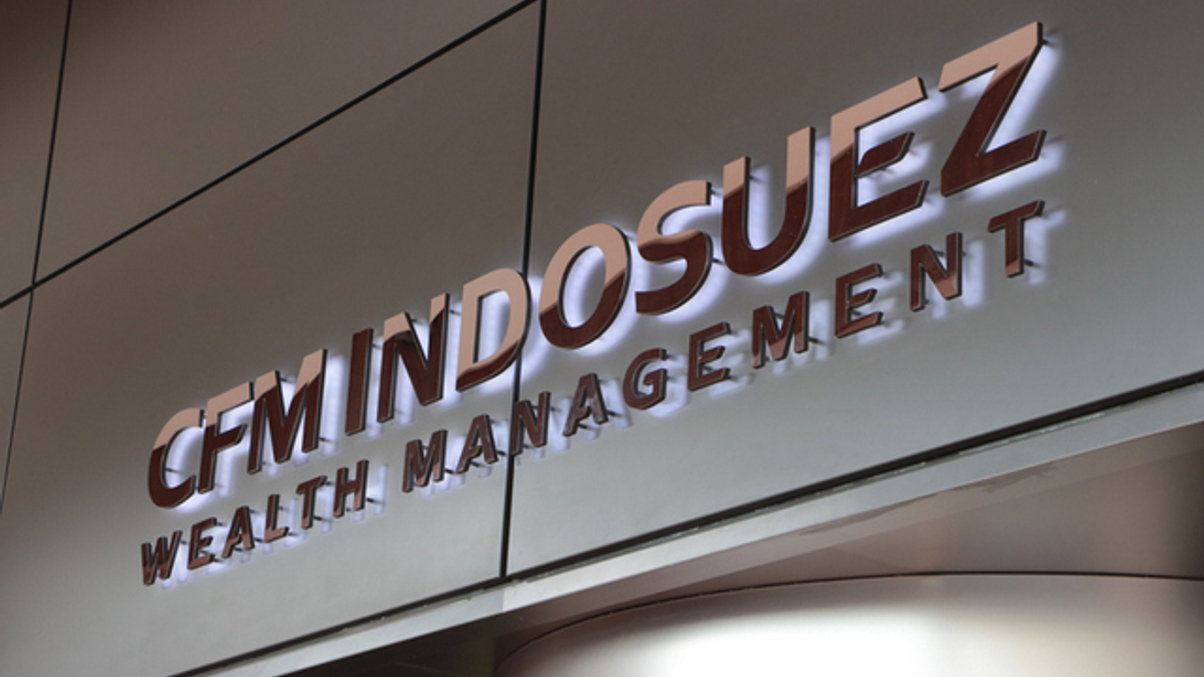Indosuez expands WM investing team post CIC purchase
The private bank's investment solutions team absorbed that of its recent acquisition, but it faces big obstacles to turn that into higher profits, say experts.

The investment solutions team of Indosuez Wealth Management (WM) in Asia is set to get a boost with the addition of Credit Industriel and Commercial (CIC) staff by the end of this year, but scaling up assets will continue to be a challenge for the combined entity, according to experts.
Sign in to read on!
Registered users get 2 free articles in 30 days.
Subscribers have full unlimited access to AsianInvestor
Not signed up? New users get 2 free articles per month, plus a 7-day unlimited free trial.
¬ Haymarket Media Limited. All rights reserved.


